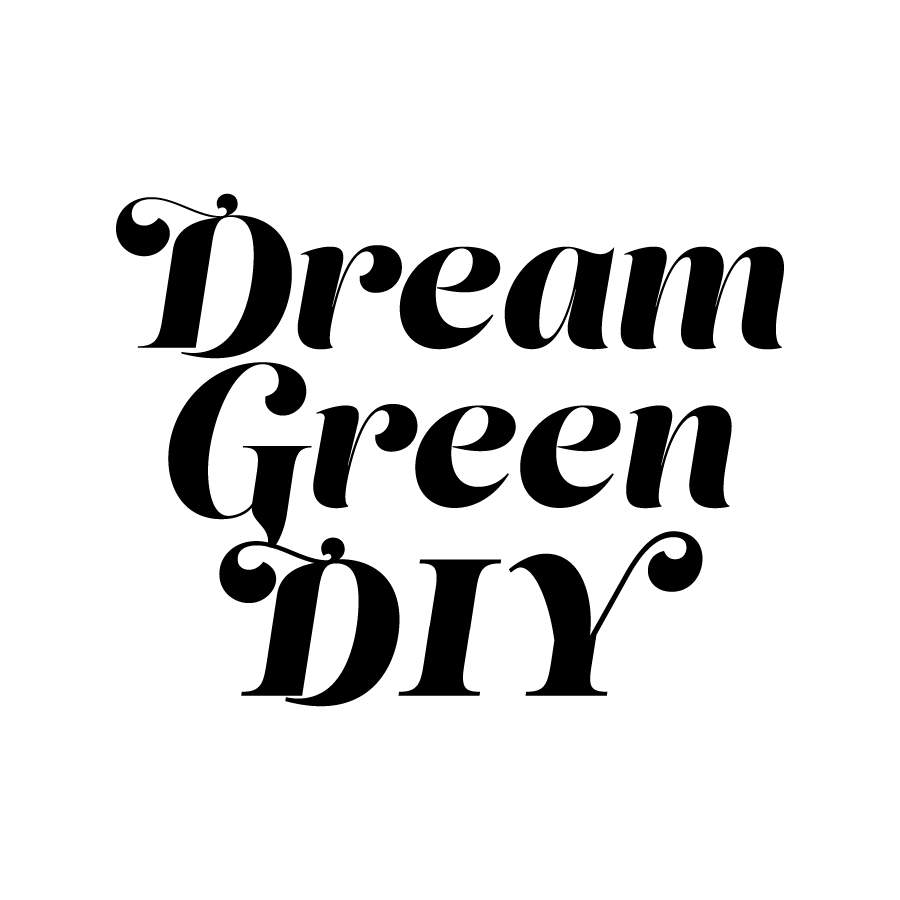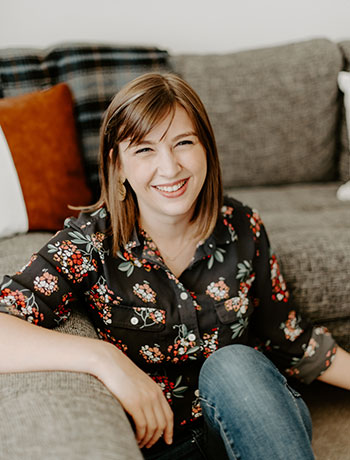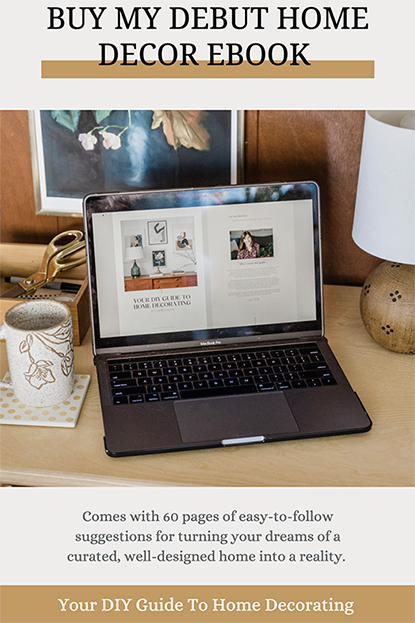.jpg)
*Today’s post was made possible by Odika, and features gifted product for the purposes of a candid review. All opinions are my own.
When it comes to choosing tables for a living room—and, specifically, those flanking either side of a sofa—I really like to go with a matching pair. It feels more formal this way and a pair of identical tables also act like symmetrical “book ends” for a sofa. Both of the main sofas in our larger living spaces are sectionals, which means they tend to look a little lopsided by the nature of their asymmetrical lines. Matching end tables help give sectionals more of a balanced feeling. We just introduced two new matching end tables to our sunroom living space, so I thought I’d show some close-ups, plus offer my tips for styling these types of tables.
.jpg)
.jpg)
.jpg)
The matching end tables that I chose for the room are on the smaller side, clocking in at just 21.6 inches in diameter up top. For this reason, I really drilled down the styling to just a few of the very best items so they didn’t look crowded. Each table got its own vintage table lamp. Luckily, the mid-century lamps I already had are tall and skinny, with small bases that don’t take up much tabletop room. The end table to the left of the sofa was styled with a plant (this is always the first accent I put on a styled table!), and I finished off the trio of objects with a small oval dish that we use to keep our backdoor keys in. The righthand end table was styled with an octagonal wooden box that my dad made and a secondhand bud vase.
.jpg)
.jpg)
As for the lower shelves, each end table got a large stack of books. Since the shelves on these particular tables sit low, I opted for pretty tall stacks of books, that way the negative space was properly filled. I had started with smaller piles of books, but that felt unfinished and off balance when I stepped back to consider the look. Moral of the story: don’t shy away from going big with your decorative book stacks if space allows for it! I had been hoping the books would hide the exposed table lamp cords behind the two tables, but they didn’t quite cover them. Instead, I used everyday tape to help each cord follow the back table leg, that way it was hidden almost completely from view.
.jpg)
.jpg)
Get The Look: end tables, table lamps, oval dish, basket planter, faux plant, wooden box, bud vases
These two tables were super easy to assemble on my own, and only cost $12o each, which I thought was a great deal when you consider the two surfaces and the drawer per table. They also come in several other colors if you’re looking for something other than the stained wood look you see pictured here. I actually had vintage side tables in this room before, but (if you can believe it!) I actually prefer these brand new round ones, so I sold the antique tables. These have drawers, which I really appreciate since we have to hide the remote from our youngest cat since he likes to chew on it, and we can tuck other small odds and ends away in there, too. The round shape of these particular tables is also a nice way to break up all of the hard lines in this room, like the linear window frames and sectional. I don’t usually replace vintage finds with new ones, but in this case it just felt right. Share your own end table styling ideas in the comments, and get this look using the similar inspiration accents I linked to above.
.jpg)
*This post contains affiliate links, which means that I may earn a small commission when you purchase products that I recommend at no additional cost to you. This allows me to provide free creative content for you to read, save, and share. Rest assured that I never recommend products we wouldn’t use or don’t already love ourselves.

.png)
.jpg)
.jpg)
.jpg)
.jpg)
.jpg)
.jpg)
.jpg)
.jpg)
.jpg)
.jpg)
.jpg)



